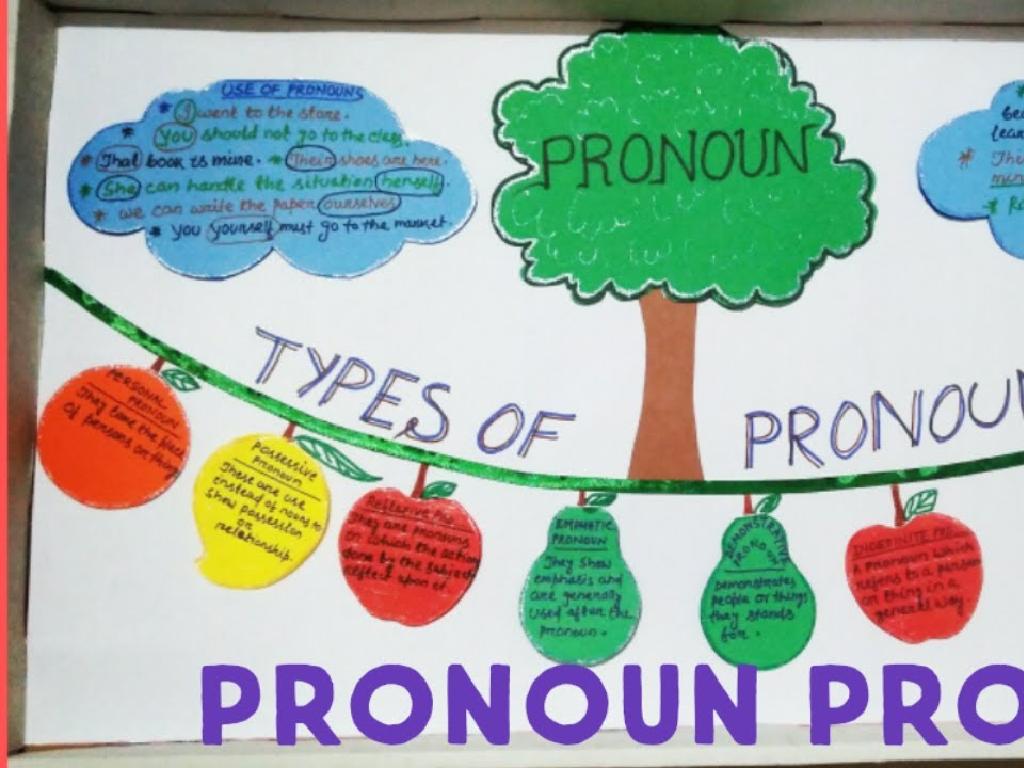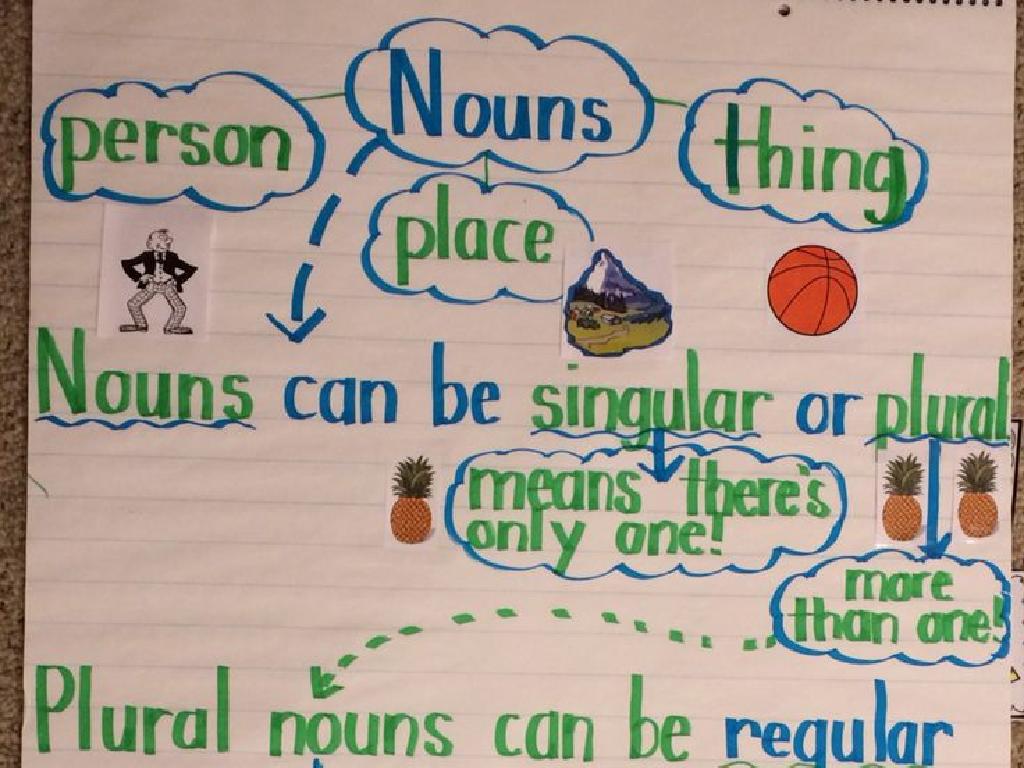Read A Topographic Map
Subject: Science
Grade: Fifth grade
Topic: Earth'S Features
Please LOG IN to download the presentation. Access is available to registered users only.
View More Content
Welcome to Topography!
– Earth’s surface is diverse
– Mountains, valleys, plains, and bodies of water
– Topographic maps explained
– They show elevation, terrain, and features using lines
– Uses of topographic maps
– Hikers use them to navigate, scientists to study landforms
– Importance in science and safety
– Helps in planning buildings and avoiding natural disasters
|
This slide introduces students to the concept of topography and its representation through topographic maps. Begin by discussing the various landforms found on Earth’s surface, such as mountains and valleys. Explain that a topographic map is a detailed graphic representation of these features, showing changes in elevation and the shape of the land. Emphasize how these maps are crucial tools for various professionals, including hikers, city planners, and scientists, allowing them to navigate terrain, plan structures, and predict the impact of natural events. Encourage students to think about how different the landscape looks in various places they may have visited or seen in pictures.
Exploring Topography
– Topography defined
– The study of Earth’s surface shape and features
– Examples: hills, valleys, plains
– Landforms like hills rise above, valleys dip down, plains are flat, and plateaus are flat but high up
– Topography’s role in the environment
– It influences weather patterns, water flow, and where we live
– Understanding topographic maps
|
This slide introduces the concept of topography, which is the study of the physical features of the surface of the Earth. It’s important to provide clear examples of different landforms such as hills, valleys, plains, and plateaus to help students visualize the concepts. Discuss how topography affects various environmental aspects, including weather patterns, water drainage, and human settlement. Emphasize the practicality of understanding topography through the use of topographic maps, which can help in planning hikes, building structures, or studying ecosystems. Encourage students to think about how the topography of their local area affects their daily lives.
Reading Topographic Maps
– Learn map symbols and colors
– Symbols/colors represent different features like water, forests, and mountains.
– Comprehend contour lines
– Contour lines show elevation; lines close together mean steep terrain.
– Identify different landforms
– Recognize hills, valleys, and plateaus using contour lines.
– Practice reading maps
|
This slide introduces students to the basics of reading topographic maps, an essential skill in understanding Earth’s features. Start by explaining that symbols and colors are a map’s language, with each representing different physical features such as water bodies, vegetation, and elevation. Then, focus on contour lines, which are crucial for determining the landscape’s shape and elevation changes. Teach students how to identify various landforms like hills and valleys by the patterns these lines form. Finally, encourage students to practice with actual topographic maps to solidify their understanding, either as a classroom activity or as homework.
Understanding Contour Lines on Topographic Maps
– Contour lines represent elevation
– Lines on a map that show height above sea level
– Steps to determine elevation
– Count the lines from the bottom; closer lines mean steeper terrain
– ‘V’ shapes indicate valleys and ridges
– ‘V’ points uphill in valleys and downhill for ridges
– Practice reading contour lines
|
This slide introduces students to the concept of contour lines on topographic maps, which are essential for understanding the map’s representation of Earth’s surface. Contour lines connect points of equal elevation. Teach students how to read these lines to determine the elevation of different areas, explaining that the closer the lines are, the steeper the terrain. Highlight the rule of ‘V’s, which helps in identifying the features such as valleys and ridges on a map. The ‘V’ shape will point towards higher elevation in valleys and lower elevation in ridges. Encourage students to practice with real topographic maps and identify these features themselves.
Scale and Direction on Topographic Maps
– Measuring map distance
– Use the scale to convert map distance to real-world distance.
– Utilizing the map scale
– The scale helps us understand how map distance relates to actual distance.
– Using a compass rose
– A compass rose shows directions: North, East, South, West.
– Navigating with map & compass
– Combine map scale and compass to find your way in the terrain.
|
This slide introduces students to the concepts of scale and direction on topographic maps, essential tools for understanding Earth’s features. Teach students how to use the map scale to measure real-world distances, explaining that one inch on the map could represent a larger distance in reality. Show them how to find direction using the compass rose, and how these skills are crucial for navigation. Provide examples of measuring distances on a map and finding directions using a compass. Encourage hands-on practice with a simple map and a compass, if available, to solidify these concepts.
Topographic Maps in Action
– Apply map reading to real life
– Case study: Hiking trail routes
– Identify paths using contour lines
– Case study: Water flow prediction
– Use contour lines to determine water direction
– Understanding Earth’s topography
|
This slide aims to show students how topographic maps are used in practical scenarios. They will learn how to apply their map-reading skills to identify hiking trails, which is done by following the contour lines that indicate paths of least elevation change. Another application is predicting the direction of water flow in a landscape, as water flows from higher to lower elevations, which can also be determined by analyzing contour lines. Encourage students to think about how these skills can be useful in outdoor activities and environmental studies. Provide examples of local hiking trails or landscapes to make the lesson more relatable and engaging.
Class Activity: Crafting Topographic Maps
– Gather materials: clay, fishing line, paper, pencil
– Follow step-by-step map creation guide
Use the clay to form a landscape. Use fishing line to create contour lines.
– Create your own topographic map
Transfer the contour lines onto paper to outline your map.
– Present and discuss your map with the class
Explain your map’s features and learn from others.
|
This hands-on activity is designed to help students understand topographic maps by creating one. Provide each student with clay to model a landscape, which could be a hill, valley, or mountain. They will then use the fishing line to simulate contour lines at different elevations. After that, students will transfer these lines onto paper to create a 2D topographic map. Encourage creativity and ensure they label the elevation of each contour line. Once completed, students will share their maps with the class, explaining the features they’ve included. This will foster a discussion about the various landforms and how they are represented on topographic maps. Possible variations of the activity could include creating maps of real-world locations, using different materials for contour lines, or adding additional features like water bodies or vegetation.






